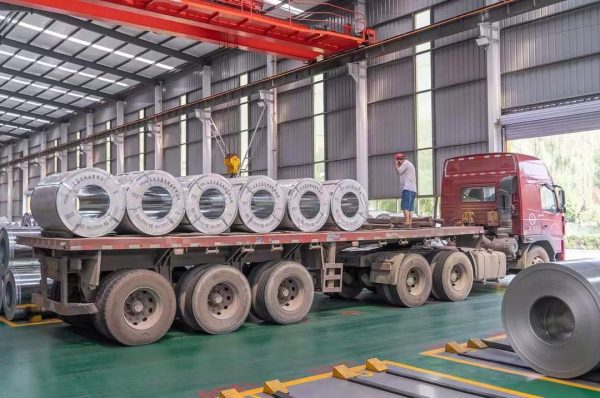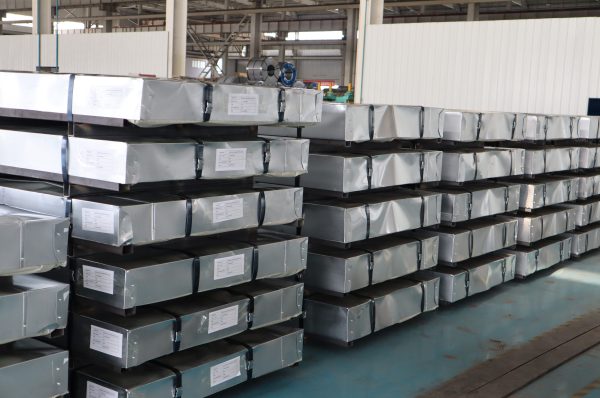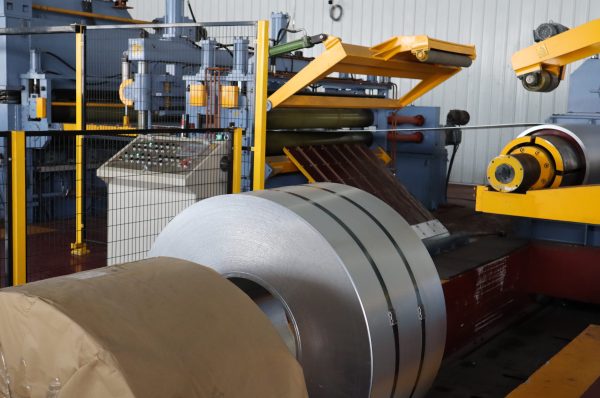Cold-rolled steel is widely used in various industries due to its excellent surface finish, dimensional accuracy, and mechanical properties. It is produced by further processing hot-rolled steel through cold reduction, which improves its strength and surface quality. This article provides an overview of some common grades of cold-rolled steel, highlighting their specifications and typical applications.
1. SPCC (Steel Plate Cold Commercial)
SPCC is a standard grade of cold-rolled steel that is widely used in general manufacturing and industrial applications. It has a good balance of formability and strength, making it suitable for producing a variety of products, including automotive parts, household appliances, and containers. SPCC is known for its smooth surface and uniform thickness, which are essential for high-quality end products.
2. ST12 (Steel Tube Grade 12)
ST12 is a high-quality cold-rolled steel grade known for its excellent cold formability and surface quality. It is commonly used in applications requiring good deep drawing properties, such as in the production of automotive body panels and precision machinery components. ST12 offers superior ductility and uniform mechanical properties, making it ideal for complex forming processes.
3. ST14 (Steel Tube Grade 14)
ST14 is a cold-rolled steel grade with higher strength compared to ST12. It is used in applications where increased mechanical properties are required, such as in structural components and high-strength automotive parts. ST14 provides enhanced tensile strength and durability, making it suitable for more demanding applications where strength and resistance to deformation are critical.
4. CQ (Commercial Quality)
CQ steel is a grade of cold-rolled steel used in applications where surface quality and uniformity are important but does not require the high mechanical properties of other grades. It is commonly used in the production of appliances, furniture, and consumer goods. CQ steel is valued for its smooth surface finish and ease of processing, making it suitable for a wide range of everyday products.
5. DQ (Deep Drawing Quality)
DQ is a cold-rolled steel grade specifically designed for deep drawing applications. It features excellent formability and low residual stresses, making it ideal for producing complex shapes without cracking or wrinkling. DQ steel is used in industries such as automotive and packaging, where components need to be formed into intricate shapes while maintaining high quality.
6. HRC (High-Strength Low-Alloy Cold Rolled)
HRC is a grade of cold-rolled steel with high strength and low alloy content. It is designed for applications requiring enhanced mechanical properties while maintaining good formability. HRC is used in demanding applications such as automotive structural components, high-strength fasteners, and industrial equipment. Its combination of strength and ductility makes it suitable for high-performance uses.
7. CR4 (Cold Rolled Grade 4)
CR4 is a cold-rolled steel grade with a balanced combination of strength, formability, and surface quality. It is used in a variety of applications, including automotive parts, machinery, and consumer products. CR4 offers good mechanical properties and is versatile enough for use in both general and specific applications.
8. TPO (Tensile Proof Oil)
TPO is a specialized grade of cold-rolled steel that includes oil tempering to enhance its tensile properties. It is commonly used in applications requiring improved strength and durability, such as in the production of springs, clips, and other high-stress components. TPO steel provides a good balance of strength and flexibility, making it suitable for demanding industrial uses.
Conclusion
Cold-rolled steel is available in various grades, each tailored to specific applications based on its mechanical properties, formability, and surface quality. From general-purpose grades like SPCC and CQ to specialized grades like DQ and HRC, each type of cold-rolled steel offers unique advantages for different industries. Understanding the properties and applications of these grades helps manufacturers select the right material for their needs, ensuring optimal performance and quality in the final products.



